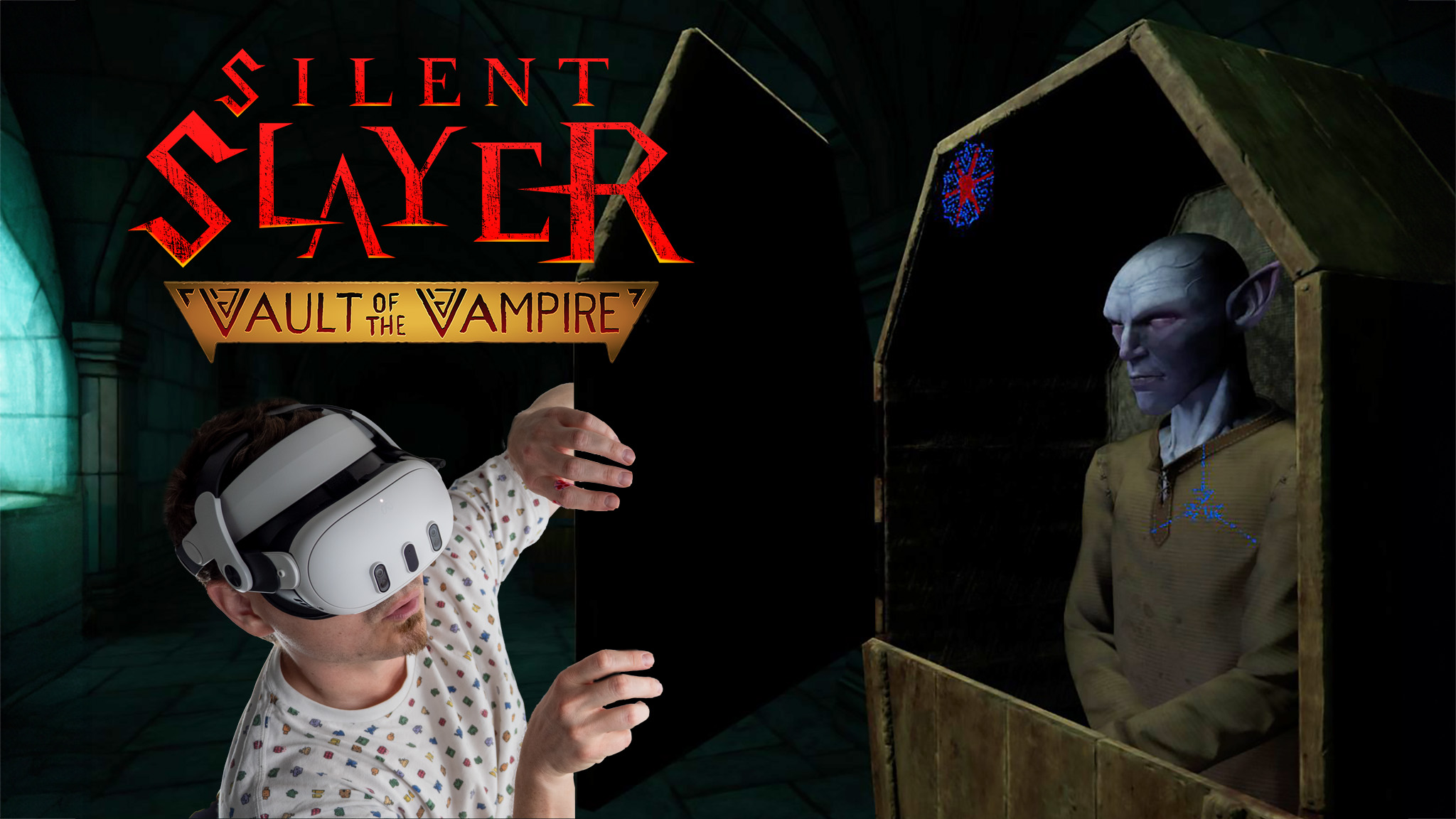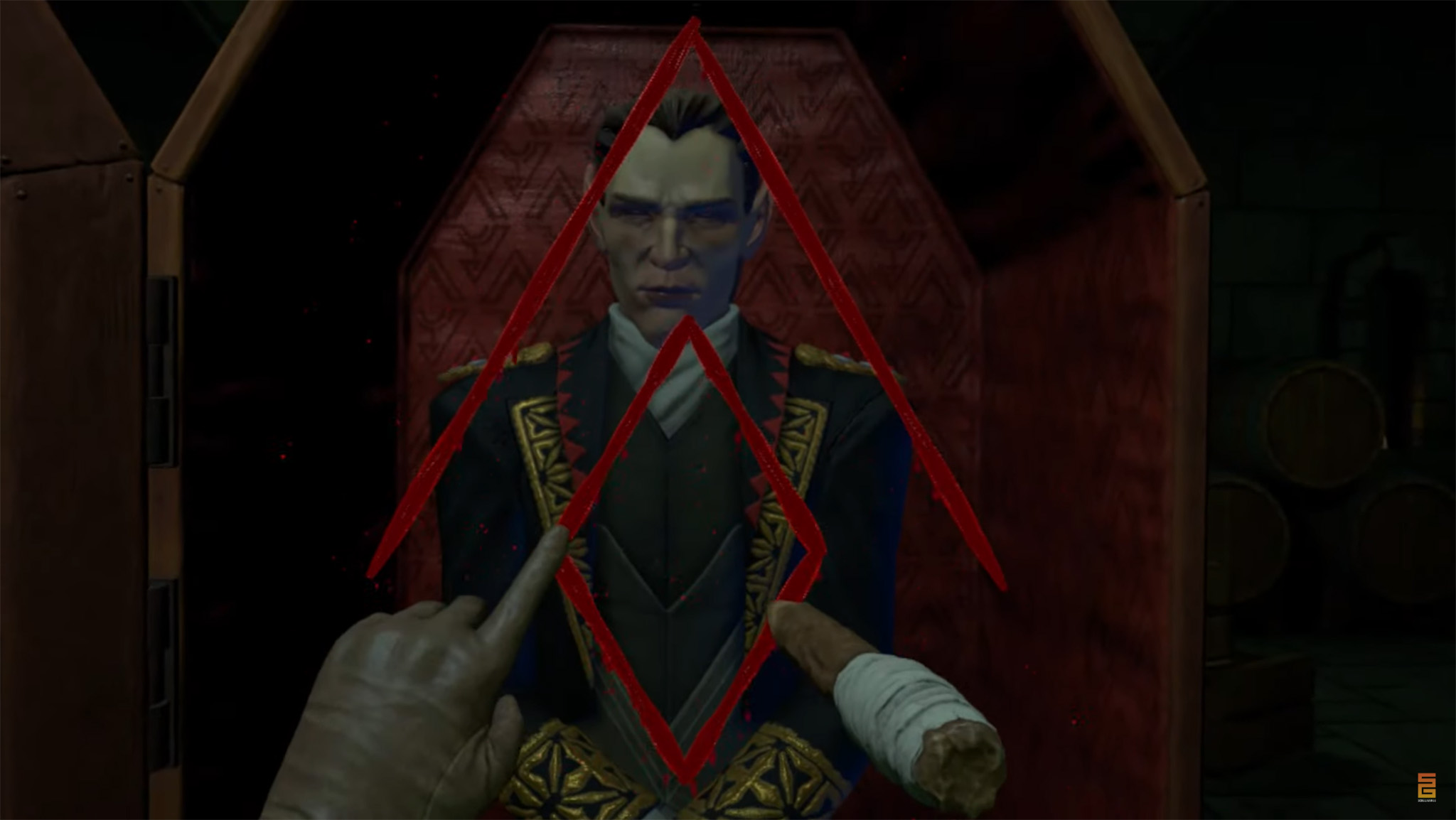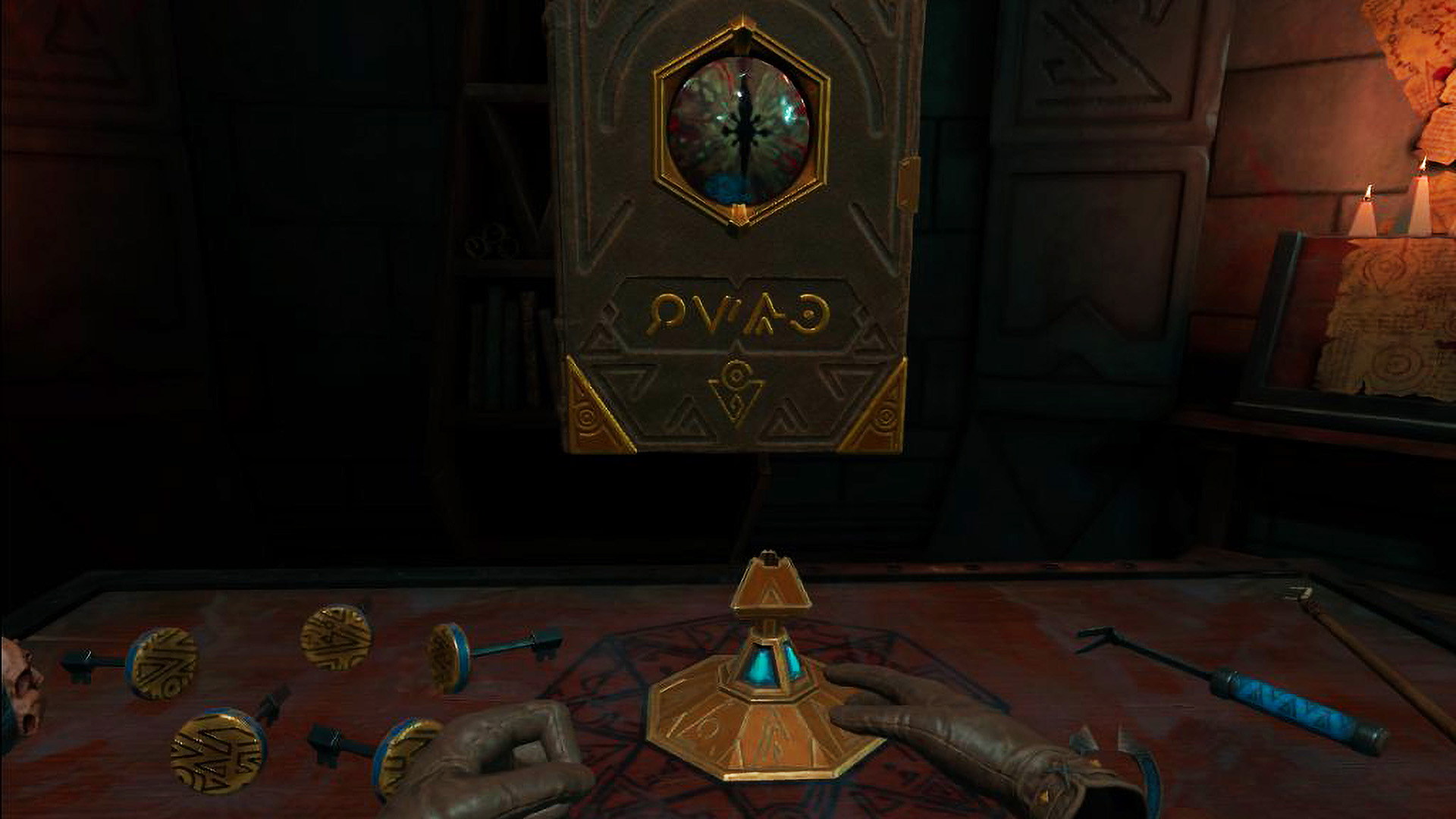
If there are any two video game genres in need of a major facelift, it's horror games and first-person shooters. Both have gotten quite stale over the years, and while battle royales have helped pump some much-needed innovation into the FPS genre, few horror games have convinced me to try the genre again. That is, until recently.

In his weekly column, Android Central Senior Content Producer Nick Sutrich delves into all things VR, from new hardware to new games, upcoming technologies, and so much more.
This week, Schell Games launched its latest VR game, Silent Slayer. In it, players are tasked with de-arming traps that protect a vampire's coffin in order to gain access to its inhabitants and slay them for the good of humankind. It's a brilliant marriage of puzzler and horror game with the team's trademark humor thrown in for good measure.
Surprisingly, several fantastic horror games broke the mold this year and challenged what I expected from them. Five Nights at Freddy's: Help Wanted 2 is a fantastic example of rebuilding a game from the ground up for VR, leading many fans on Reddit and other channels to recommend that new players start with that game first before moving on to something else.
The NOPE Challenge is another that just debuted last month and combines obstacle courses and light fitness activities with horror to create something wholly unique and, yet, still terrifying — especially if you have a phobia of spiders, snakes, clowns, heights, or one of the many categories of terror you'll be wading through.
Ending Dracula's reign
I'll begin with Silent Slayer: Vault of the Vampire, the newest title from veteran VR developer Schell Games, who has been behind some of the best Meta Quest games like Among Us VR and the I Expect You to Die series. As you might expect from the studio's other titles, Silent Slayer mixes in plenty of clever puzzles with its horror-themed gameplay.
Silent Slayer is a bit like the classic board game Operation...except you're tasked with somehow killing the patient, a supposed immortal vampire.
Silent Slayer can be thought of as the classic board game Operation with its core philosophy turned on its head. Instead of trying to perform surgery to save the patient — one mistake can kill said person — Silent Slayer tasks players with killing the patient, instead. That patient, of course, is a deadly vampire that'll drain your blood as soon as look at you.
Each level begins with a task to reassemble a shattered relic, each relic containing runes that you'll later have to trace to bind the vampire. The first few levels' relics are simple enough but become increasingly more difficult as the pieces get smaller and more chaotically shattered.

As you assemble the relics, you'll be given the history of the vampire you're about to face. The castle you visit is filled with vampires on every floor who come out every so often to feed but are capable of being slain just before they emerge.
As you might expect, the older and more formidable the vampire, the more complex and dangerous the traps will be to potential slayers.
Each vampire slumbers in a stereotypical upright coffin, and each has skillfully prepared its coffin with traps that you'll need to remove and disarm. As you might expect, the older and more formidable the vampire, the more complex and dangerous the traps will be to potential slayers.
The final blow to a vampire is, of course, a stake through the heart, but that, too, has been turned on its head a bit. You'll need to perform quite a bit of magic to reveal the vampire's vulnerable spot and none of these tricks can be done while making too much noise or getting too close to the vampire. One false move will end up in the player's death.
While Schell Games could have easily just made a vampire-themed puzzle game, the company worked hard to inject a palpable sense of fear and tension into each level that'll keep you moving as slowly and carefully as you physically can, taxing your senses and keeping your heart racing.

If I had any one complaint, it's that replaying each level after multiple failures can be a bit annoying, as I found myself growing impatient the more I failed. It's human nature, of course, but it also means that less skilled players might find themselves taking a few breaks and coming back to finish the game's 4-6 hour-long campaign.
These are fully realized rooms in an ancient castle, sometimes filled with casks of alcohol, and other times you'll be disarming traps as glowing red eyes stare at you from paintings on the walls.
While that might not sound long enough for some players, it's plenty of time to explore the gamut of the levels included without tiring of the concept.
Visually, the game is incredibly convincing and utterly beautiful on the Meta Quest 3. You're not just standing in a blank space with a random coffin in the middle. These are fully realized rooms in an ancient castle, sometimes filled with casks of alcohol, and other times you'll be disarming traps as glowing red eyes stare at you from paintings on the walls.
As I expect from Schell Games, there are a number of accessibility options that ensure players of every height and skill level can play the game — within reason, of course. A quick height adjustment bar is present on your tools table to make it comfortable to immediately sit or stand during any level. There's also no virtual movement at all, so you'll only be moving around as often as your physical body moves.
Taking this show on the road
The polar opposite of that is the NOPE CHALLENGE, a game I'd rather not write in all capital letters again but one featuring lots of movement and a large variety of environments. In the Nope Challenge, you're tasked with facing your fears while moving through a themed level, each of the nine levels being situated under a specific category.
What I love about the Nope Challenge is that it doesn't rely on cheap thrills or jump scares to get players noping out. Each of the game's levels will take between five and ten minutes to complete, depending on your skill level, and any of them can be skipped by slapping that NOPE button on your left wrist.
There are few things more harrowing than climbing a huge Ninja Warrior obstacle course while a giant, hungry spider chases you.
The purpose of the game is to face your fears, not to "beat" it, although it presents plenty of secrets and collectables throughout each level for folks who love that sort of thing.
As you'll see in the initial playthrough above, the first series of levels deals with heights but throws in plenty of additional fears as you progress. There are few things more harrowing than climbing a huge Ninja Warrior obstacle course while a giant, hungry spider chases you.
Nope Challenge is even more fun when you play it in a room full of people, too. While everyone will see what's happening, there's something palpably different about experiencing it for yourself in VR. Watching it on a TV doesn't give you the feeling of being 104-stories up in the air like it does with a headset on, and clowns are so much creepier when they're actually in your face rather than on a glowing rectangle across the room.
Even Five Nights at Freddy's, the storied horror game that feels like it should be boring and tedious at this point, got a refreshed entry into the series with FNAF: Help Wanted 2.
The sequel to one of the most popular Quest games isn't just a cash-in cop-out. The team created an experience that feels like it was built for VR from day one instead of simply translating existing puzzles and mechanics from the flat game into VR.
Good ol' Markiplier walks you through a bit of the game in the video above but there's plenty to experience beyond this video. In fact, the sequel is so good that long-time fans are recommending new VR players start with it first and then go back to the original Five Nights at Freddy's: Help Wanted.
Each of these games has a jump scare that happens just as you hit peak fear levels but they're not done in a cheap way, and they're not used as the sole mechanic of inducing horror.
It's these sorts of games that are changing the paradigm of what a VR horror game can be and what makes it scary. Sure, each of these games has a jump scare that happens just as you hit peak fear levels but they're not done in a cheap way, and they're not used as the sole mechanic of inducing horror.
In many ways, they remind me of the now-classic VR horror game Wraith: The Oblivion which uses unique mechanics to immerse a player in the world, creating a unique sense of fear wrapped into a compelling story. Narrative and story-telling do a lot to make a convincing fear-based game, and titles like Silent Slayer, Nope Challenge, and FNAF: Help Wanted 2 excel at it.







